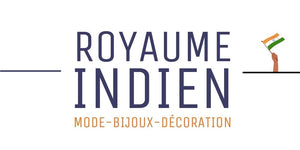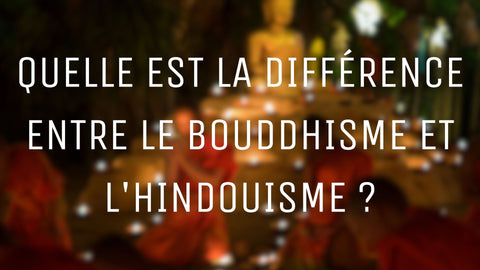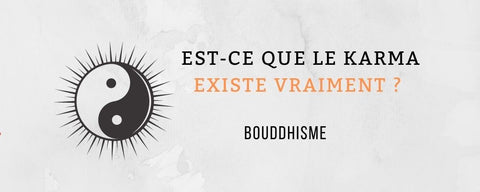
Svastika, the origin of the Buddhist Swimming Cross
of reading
Buddhists, like Hindus, used Svastika to mark the beginning of Buddhist texts because they feel that it symbolizes the harmony of the world, prosperity, diversity, luck, abundance. The Buddhist has different meanings depending on the country.
In the old Tibet, Svastika was a symbol of eternity. The Svastika is considered the first of the 65 auspicious symbols engraved on the footprint of the Buddha. You can also see it on the torso, palms, chest or feet of the Buddha as a textile decoration. Indian Buddhists believe that Svastika is "the seal on the heart of the Buddha".
Svastika has been revered throughout history, as it was in ancient civilizations. It is also the most associated symbol in Aryans.

In Buddhism, what does Svastika mean?
The term Sanskrit Svastika consists of two elements: "su" for "good" or "auspicious", and "Asti" to "be", gathered by the diminutive suffix "ka" the svastika literally translates by: "c 'Is good "or" everything is fine ".
Svastika, sometimes called "Nordic cross", is a cross whose four arms, of equal length, are folded at right angles at their ends. It has been discovered in ancient Egyptian art, Roman, Greek, Celte, Native American and Persian around the world. He is also linked to Hinduism, Buddhism, Jainism and appeared on the flags of the Nazi Party. People use Svastika as an amulet for good fortune.
Svastika was originally a symbol of peace and harmony, whose Nazi party seized to make its emblem. It is a Buddhist pattern that represents the footprints of Buddha. In many areas of Asia, it is an acknowledgment of the Buddha and a Dhamma Wheel companion. The form refers to the eternal cycle, one of the key concepts of Buddhism.

The Svastika, also known as the "sign of good luck", is widely used in esoteric tantric Buddhism, Hinduism and other spiritual belief systems. The sign clockwise is more popular than the version in the opposite direction of a watch needles used in good Tibetan practices and known locally under the name of YungDrung.
It is interesting to note that the Sanskrit name of Svastika, Svastika, means "conducive to well-being or auspicious" and derives from Devanagari. It has never been discussed to associate it with Nazi atrocities or white nationalism. I think it's time for Buddhists and other non-violent religions to resume their symbols to these malefic organizations. This is one of the few methods for Buddhists and other people like us to use our sacred emblems again.



















